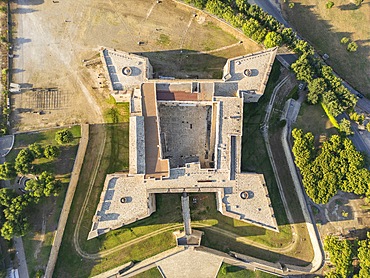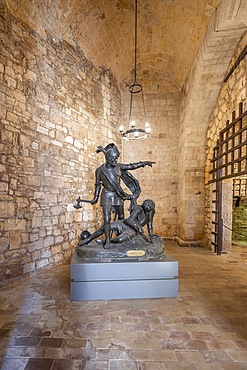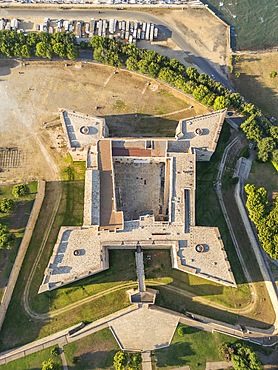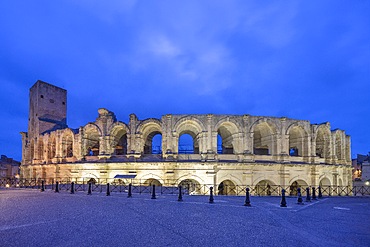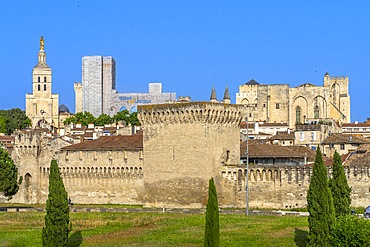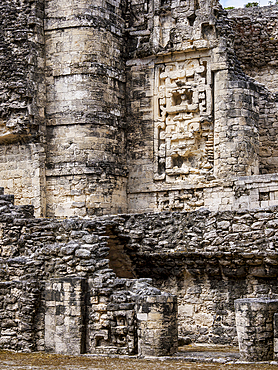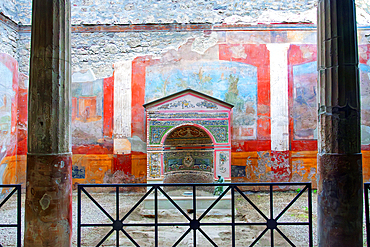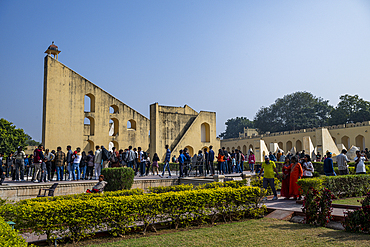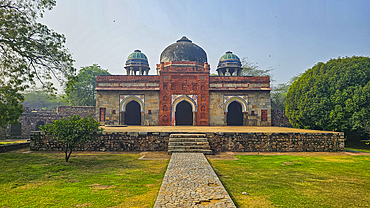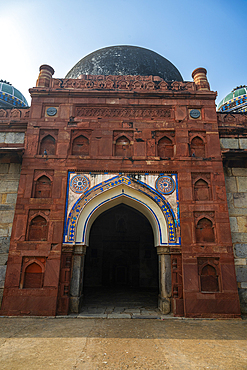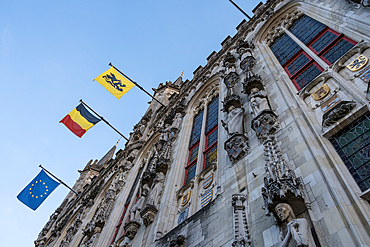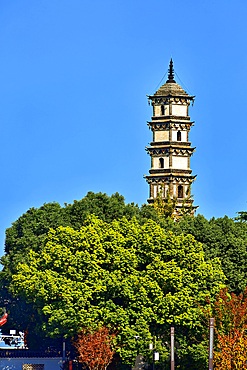Results
57 results found

View of the northern city Matagalpa, second only in commercial importance to the capital, Matagalpa, Nicaragua, Central America
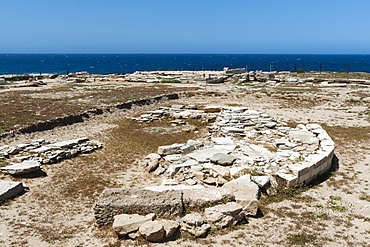
Despotiko, an uninhabited island in the southwest of Antiparos, a place of great archaeological importance, Southern Aegean sea, Cyclades, Greek Islands, Greece, Europe
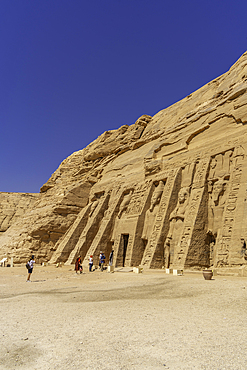
Exterior view of massive sculptures at the Temple of Hathor, Abu Simbel Temple next to Lake Nasser, Temple of the Pharaohs, Ramses II, Nubia, Egypt, Africa
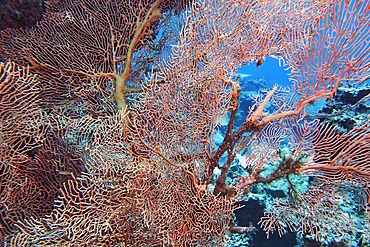
A huge Echinogorgia species sea fan, more than two metres across, on a coral reef in Gaafu Dhaalu atoll, Maldives
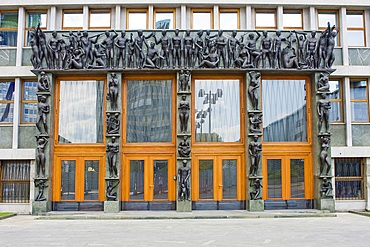
The large portal decorating the facade of Parliament (National Assembly) Building of 2200 square metres based on plans by the architect Vinko Glanz and inaugurated in 1959, Ljubljana, Slovenia, Eurpe
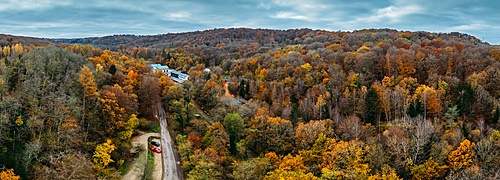
Panoramic view of iron ore mine Cockerill d'Esch-sur-Alzette that played a major role in economic boom from the 1870s to the 1990s, Luxembourg
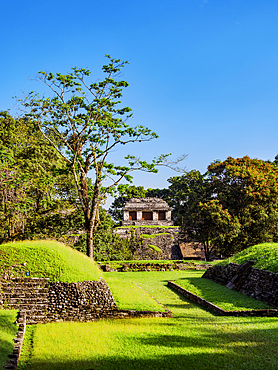
View over the Ball Court towards the North Group, Palenque Archaeological Site, Palenque, Chiapas State, Mexico
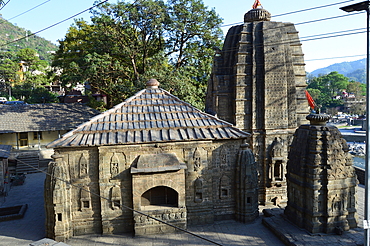
Trilokinath Temple a monument of national importance built in sikhara style way back in AD1520.temple dedicated to Hindu deity lord shiva with life sized three faced stone image of Shiv and Parvati.
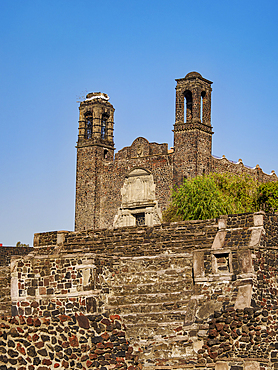
Santiago Apostol Church and Tlatelolco Archaeological Site, Plaza de las Tres Culturas, Mexico City, Mexico

A heritage building in the West Street vicinity of Quanzhou: Emporium of the World (UNESCO World Heritage), Fujian Province, China
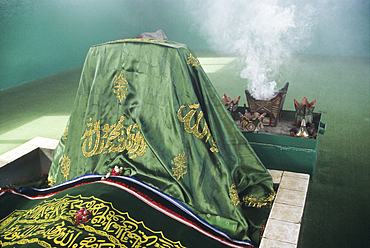
Tomb of Job, Old Testament holy man (prophet) for Jews, Christians and Muslims together, Dhofar, Sultanate of Oman, Arabian Peninsula

Longzhu (Dragon Pearl) Pagoda at Taoyang Alley, Jingdezhen (porcelain capital of China), Jiangxi Province, China

Pyramid of the Fortune-teller or Pyramid of the Magician, detailed view, Uxmal, Yucatan State, Mexico
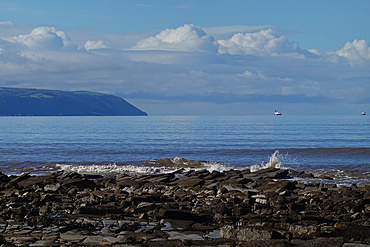
The intertidal zone of the Quantock Coast, West Somerset, contains an abundance of geology and wildlife. It is a Site of Special Scientific Interest (SSSI) and is of international geological importance.
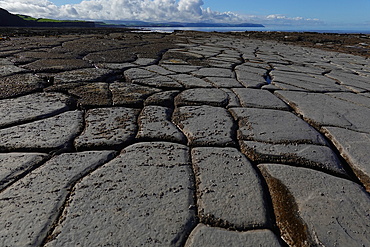
The intertidal zone of the Quantock Coast, West Somerset, contains an abundance of geology and wildlife. It is a Site of Special Scientific Interest (SSSI) and is of international geological importance.
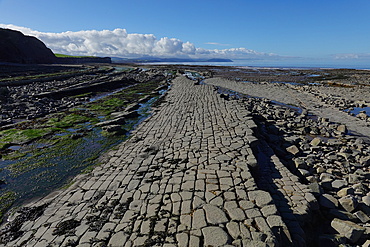
The intertidal zone of the Quantock Coast, West Somerset, contains an abundance of geology and wildlife. It is a Site of Special Scientific Interest (SSSI) and is of international geological importance.
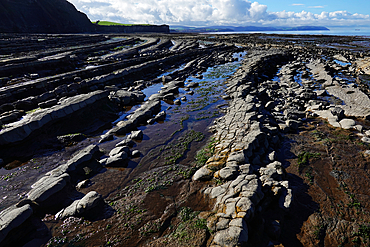
The intertidal zone of the Quantock Coast, West Somerset, contains an abundance of geology and wildlife. It is a Site of Special Scientific Interest (SSSI) and is of international geological importance.
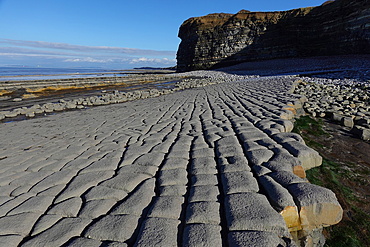
The intertidal zone of the Quantock Coast, West Somerset, contains an abundance of geology and wildlife. It is a Site of Special Scientific Interest (SSSI) and is of international geological importance.
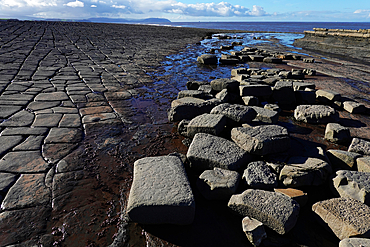
The intertidal zone of the Quantock Coast, West Somerset, contains an abundance of geology and wildlife. It is a Site of Special Scientific Interest (SSSI) and is of international geological importance.
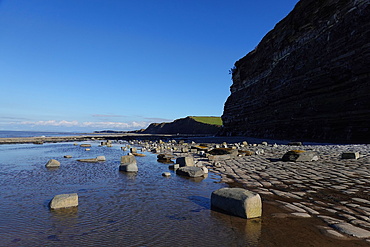
The intertidal zone of the Quantock Coast, West Somerset, contains an abundance of geology and wildlife. It is a Site of Special Scientific Interest (SSSI) and is of international geological importance.
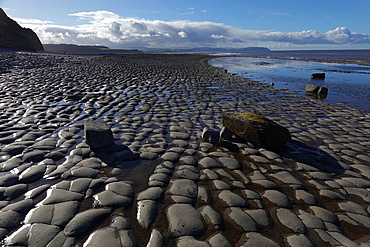
The intertidal zone of the Quantock Coast, West Somerset, contains an abundance of geology and wildlife. It is a Site of Special Scientific Interest (SSSI) and is of international geological importance.
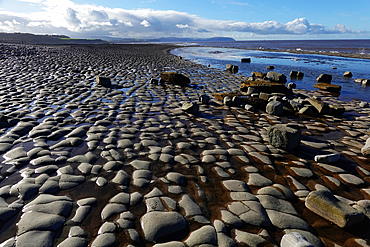
The intertidal zone of the Quantock Coast, West Somerset, contains an abundance of geology and wildlife. It is a Site of Special Scientific Interest (SSSI) and is of international geological importance.
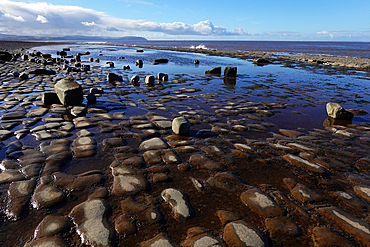
The intertidal zone of the Quantock Coast, West Somerset, contains an abundance of geology and wildlife. It is a Site of Special Scientific Interest (SSSI) and is of international geological importance.
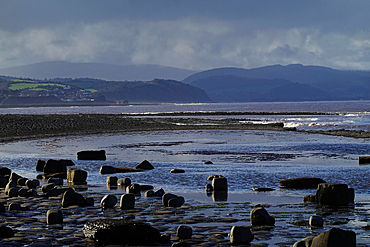
The intertidal zone of the Quantock Coast, West Somerset, contains an abundance of geology and wildlife. It is a Site of Special Scientific Interest (SSSI) and is of international geological importance.
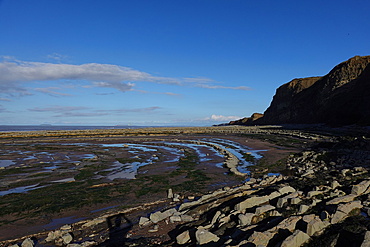
The intertidal zone of the Quantock Coast, West Somerset, contains an abundance of geology and wildlife. It is a Site of Special Scientific Interest (SSSI) and is of international geological importance.
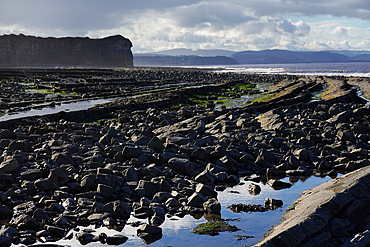
The intertidal zone of the Quantock Coast, West Somerset, contains an abundance of geology and wildlife. It is a Site of Special Scientific Interest (SSSI) and is of international geological importance.
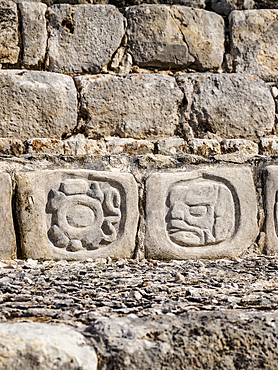
Petroglyphic Staircase at the Temple of Five Floors, detailed view, Great Acropolis, Edzna Archaeological Site, Campeche State, Mexico
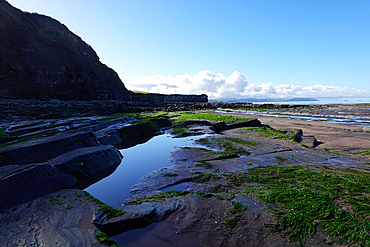
The intertidal zone of the Quantock Coast, West Somerset, contains an abundance of geology and wildlife. It is a Site of Special Scientific Interest (SSSI) and is of international geological importance.

The intertidal zone of the Quantock Coast, West Somerset, contains an abundance of geology and wildlife. It is a Site of Special Scientific Interest (SSSI) and is of international geological importance.
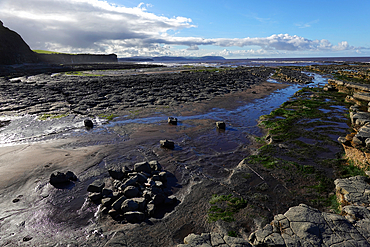
The intertidal zone of the Quantock Coast, West Somerset, contains an abundance of geology and wildlife. It is a Site of Special Scientific Interest (SSSI) and is of international geological importance.

Wenchang Hall (built 1909), Nianbadu ancient town (since 878 AD), Jiangshan City, Zhejiang Province, China
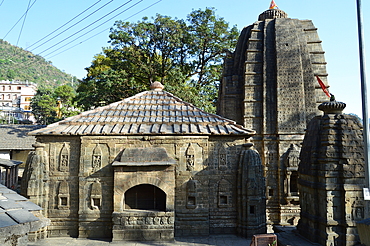
Trilokinath Temple a monument of national importance built in sikhara style way back in AD1520.temple dedicated to Hindu deity lord Shiva with life sized three faced stone image of Shiv and Parvati.
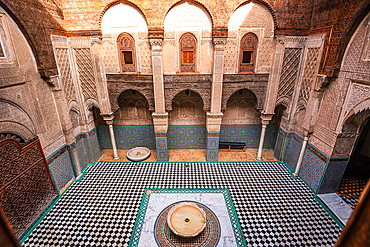
Beautiful interior and Islamic mosaic art, Al-Attarine Madrasa in the Medina of Fes, UNESCO, Morocco
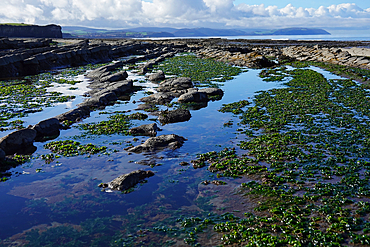
The intertidal zone of the Quantock Coast, West Somerset, contains an abundance of geology and wildlife. It is a Site of Special Scientific Interest (SSSI) and is of international geological importance.
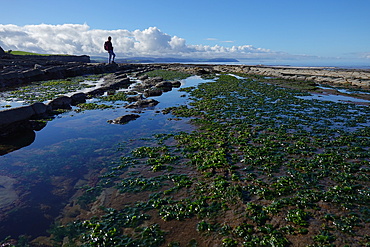
The intertidal zone of the Quantock Coast, West Somerset, contains an abundance of geology and wildlife. It is a Site of Special Scientific Interest (SSSI) and is of international geological importance.
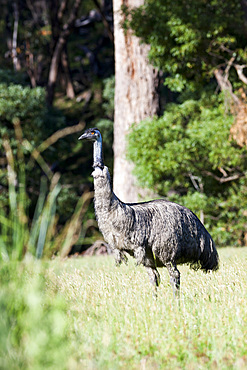
Emu (Dromaius novaehollandiae). The Emu is quite common in Australia and is also farmed commercially for meat leather and oil. Even if the Emu is similar in shape and behaviour it is only a distant relative to the African Ostrich. the emu is the biggest bird in Australia and is of mythological importance to the Aboriginies of Ausralia too. Australia, Victoria
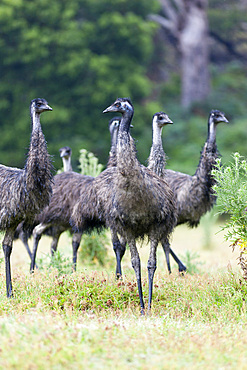
Emu (Dromaius novaehollandiae). The Emu is quite common in Australia and is also farmed commercially for meat leather and oil. Even if the Emu is similar in shape and behaviour it is only a distant relative to the African Ostrich. the emu is the biggest bird in Australia and is of mythological importance to the Aboriginies of Ausralia too. Australia, Victoria

Women in burqas flock like doves to the entrance of the main mosque at the Blue Mosque complex, Mazar-i-Sharif, Balkh Province, September 23, 2002. Wednesday mornings are reserved for women to come and worship at the mosque.Elaborate tilework and decorated spires adorn the mosque, also known as the Shrine of Hazrat Ali (Hazrat Ali was the son-in-law of the prophet Mohammed), who is believed to be buried here. The shrine, of particular importance for Afghanistan's Shi'ite Muslims, was first built in the 12th century, destroyed by Genghis Khan, and rebuilt in 1481. The current mosque, considered by some to be one of the most beautiful in Central Asia, is a modern restoration.
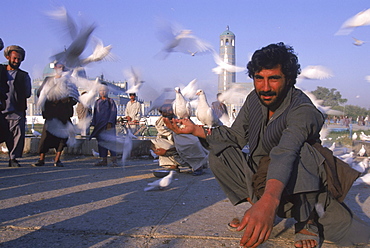
A man feeds white doves at dawn in front of the Blue Mosque, Mazar-i-Sharif, Balkh Province. Hundreds of doves, who are fed by worshippers and tended by special workers, live around the mosque, and it is thought that the place is so holy that a grey or brown dove will turn white if it lands on the Mosque. The mosque is also known as the Shrine of Hazrat Ali (Hazrat Ali was the son-in-law of the prophet Mohammed), who is believed to be buried here. The shrine, of particular importance for Afghanistan's Shi'ite Muslims, was first built in the 12th century, destroyed by Genghis Khan, and rebuilt in 1481. The current mosque, considered by some to be one of the most beautiful in Central Asia, is a modern restoration.
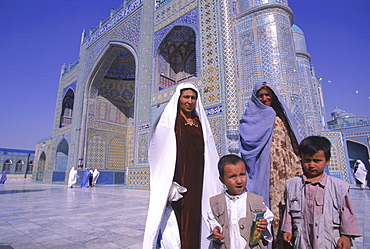
Tajik women proudly pose with their children, burqa's thrown back, in front of the main entrance to the Blue Mosque, Mazar-i-Sharif, Balkh Province. Wednesday mornings are reserved for women to come and worship at the mosque. Elaborate tilework and decorated spires adorn the mosque, also known as the Shrine of Hazrat Ali (Hazrat Ali was the son-in-law of the prophet Mohammed), who is believed to be buried here. The shrine, of particular importance for Afghanistan's Shi'ite Muslims, was first built in the 12th century, destroyed by Genghis Khan, and rebuilt in 1481. The current mosque, considered by some to be one of the most beautiful in Central Asia, is a modern restoration.
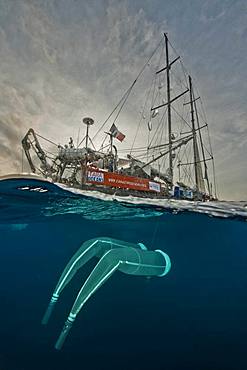
Tara Oceans Expeditions - May 2011. Tara with deployed plancton nets. On "station", the boat is drifting without engine or sails. Tara Oceans, a unique expedition: Tara Oceans is the very first attempt to make a global study of marine plankton, a form of sea life that includes organisms as small as viruses and bacterias, and as big as medusas. Our goal is to better understand planktonic ecosystems by exploring the countless species, learning about interactions among them and with their environment. Marine plankton is the only ecosystem that is almost continuous over the surface of the Earth. Studying plankton is like taking the pulse of our planet. Recently, scientists have discovered the great importance of plankton for the climate: populations of plankton are affected very rapidly by variations in climate. But in turn they can influence the climate by modifying the absorption of carbon. In a context of rapid physico-chemical changes, for example the acidification observed today in the world's oceans, it is urgent to understand and predict the evolution of these particular ecosystems. Finally, plankton is an astonishing way of going back in time ? a prime source of fossils. Over the eons, plankton has created several hundred meters of sediment on the ocean floors. This allows us to go back in time, to the first oceans on Earth, and better understand the history of our biosphere. More than 12 fields of research are involved in the project, which will bring together an international team of oceanographers, ecologists, biologists, geneticists, and physicists from prestigious laboratories headed by Eric Karsenti of the European Molecular Biology Laboratory. Galapagos

